Trip Report: Eritrea
Visited in December 2023
Eritrea is often referred to as the “North Korea of Africa”. Not only is it one of the most isolated countries in the world, it has also been anything but easy to visit for a long time. However, this East African country has attracted more and more attention in Europe in the last ten years, since many European countries have received a large number of refugees from Eritrea.
The refugees were seen as being persecuted by the Eritrean government. A government which is infamous for committing serious human rights violations. In 2013, a report was submitted to the UN Human Rights Council accusing the Eritrean government of carrying out random executions and arrests, committing torture and making people disappear. Eritrea was described as a country with no freedom of speech, religion or assembly.
For some time now, however, doubts have also been raised about these accounts. Were the reports on human rights violations false? The truth seemed to be that it was simply not possible to tell. Eritrea gives the rest of the world little insight into its country. The government views foreigners with suspicion and the Eritrean visa has long been one of the most difficult to obtain. Journalists were regularly denied entry to the country, but even normal travelers often received a negative response to their visa application.
More and more the impression arose that the refugees were mainly conscientious objectors but not people in need of protection. Right-wing parties in Europe in particular were using this to stir up a mood against Eritreans. They claimed that three years of military service was not a reason for asylum. The Eritrean government has meanwhile also commented on this. They said that Eritrea is a country that has been under pressure from its neighbor Ethiopia for decades (which is actually true) and is therefore practically always at war. For this reason, it is necessary that men serve in the military.
Nevertheless, the country’s reputation was bad enough for people to react with wide eyes when I told them that I would be traveling there. They reacted even more baffled when I added that I was going on this trip with my mother. But hey, better to see something with your own eyes than read about it hundreds of times, right?
Getting to Eritrea
Today, the Eritrean visa is no longer the most difficult in the world. The Eritrean embassies react faster than before and approve most visas. In addition, it is now also possible to get a visa on arrival if you obtain a visa authorization in advance.
I received this document from Phil (Whatsapp: +2917190374), a guide from Eritrea, for $100. He replies relatively quickly and the document was with me in a few days. An alternative could be Robert (Whatsapp: +2917628882), who was our guide in Asmara, Eritrea’s capital city. He also charges $100 per passport and said he can organize it within three days.
The flight from Addis Ababa to the Eritrean capital Asmara, where the country’s only operating airport is located, was practically empty. Not many airlines offer flights to Eritrea. In addition to Ethiopian Airlines, the airlines that fly to Eritrea are Turkish, Flydubai, Flynas (Saudi) and Egyptair. The country is one of the least visited in the world. So it was no surprise that the airport was one of the smallest I have seen in an African capital.
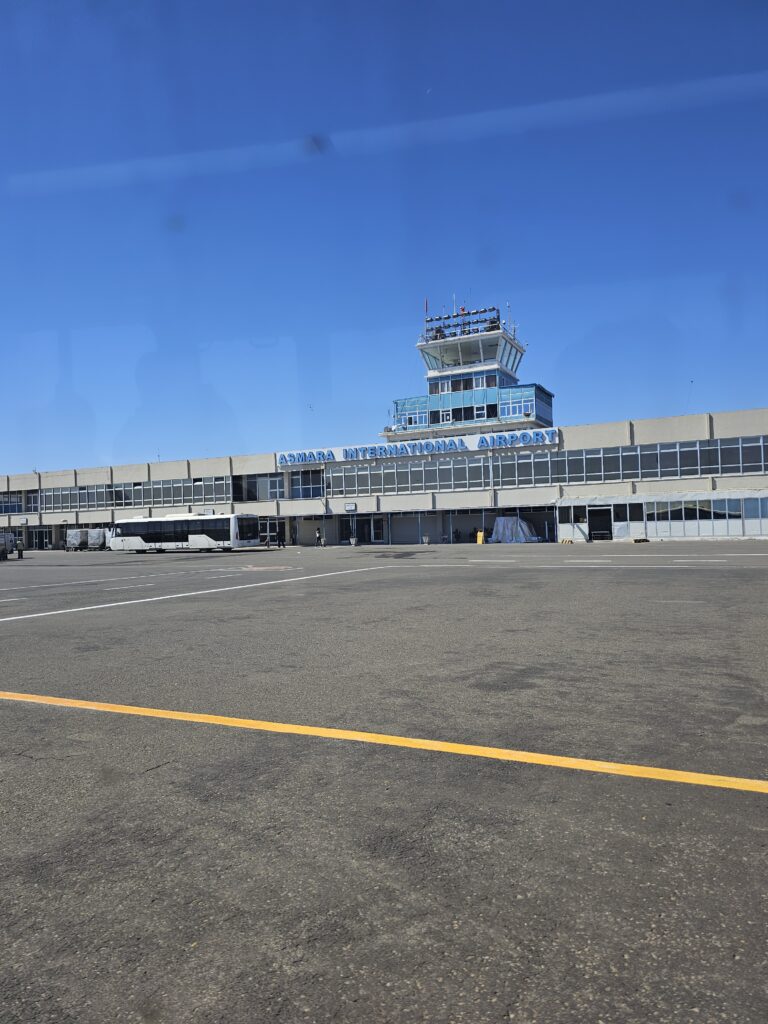
Although only three other people were waiting for their visa on arrival, it took almost an hour until we had the visa in our passports. Before we left the airport, we exchanged some money inside the terminal. The local currency, the Eritrean nakfa, is pegged to the USD. One USD is equivalent to 15 nakfa.
Supposedly there is also a black market where you can get double the amount. My mother and I both changed $100 each and we didn’t need much more during our entire stay. Credit cards do not work in Eritrea. It is therefore necessary to bring cash (USD or EUR) for all your expenses.
Most tourists choose the Crystal Hotel as their accommodation in Asmara. The hotel is less than five minutes away from Harnet Avenue, Asmara’s main street in the center. A taxi took us there for 300 nakfa. At check-in, we got a wifi voucher that was valid for one day. The wifi was one of the reasons why we chose the Crystal Hotel, as most hotels in Eritrea don’t have internet.
To be precise, Eritrea is a country where the internet is practically non-existent. The wifi in the Crystal Hotel sometimes worked, sometimes not. When it did work, it was just good enough to send and receive Whatsapp messages. I didn’t manage to load my email inbox once during my entire stay. Also, no café or restaurant we went to had (working) wifi.
However, there is fast internet in the country but it costs a fortune. Someone told me that he spent about $8 for 200 MB of data in an internet cafe. So, there is either no internet or it’s super expensive. I mean, how many Eritreans can pay such prices? In terms of internet, out of my 162 countries, only one was worse: North Korea. Because that country has no internet at all.
At check-in, the Crystal Hotel also informed us that the electricity was not working. Power outages are common in Eritrea. This happened frequently at our hotel, but I also saw many generators in front of stores. As a tourist in Eritrea, it’s a good idea to bring enough books, e-books or downloaded Netflix stuff. Funnily enough, I never needed my two charged power banks despite occasional power cuts. That shows you how long the battery lasts in the offline world.
Asmara, a city like no other
After we left our stuff in our room, it was finally time to see Asmara. Maybe you’re wondering what the capital of the “North Korea of Africa” is like? I guess it’s completely different from what you are imagining right now and also from what I imagined.
Asmara is a completely unique city, which I have never seen anywhere else in this form. Just under a million people live in the Eritrean capital. However, you have the feeling of being somewhere in a rural province rather than an African capital. While African capitals are usually loud, chaotic, polluted and sometimes dangerous, Asmara was the exact opposite.
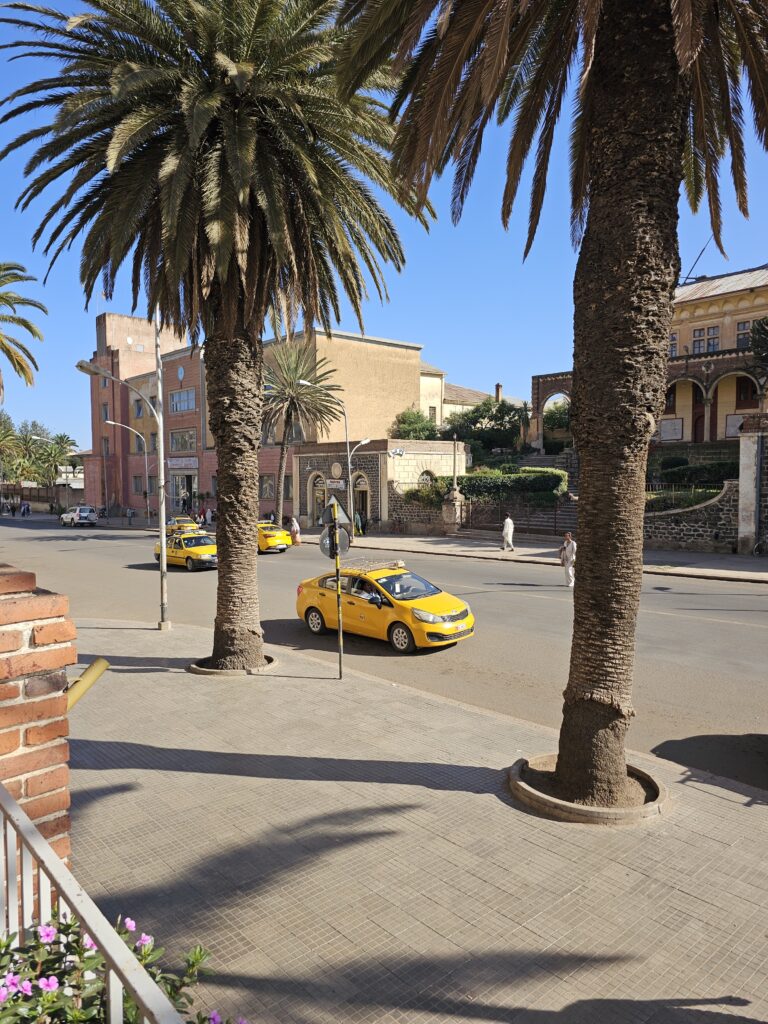
During the day, there are comparatively few people in the city and I have rarely seen so little traffic in an African capital. The cars, many of them are yellow taxis like in New York, drive through the city at around 30-40 kilometers per hour and stop for you if you want to cross a pedestrian crossing. Everything seems pretty organized. By the way, the cars in Eritrea were mostly modern and European or Japanese brands. Most of them were also in a much better state than the cars I have seen in other African countries.
Asmara also looked reasonably clean. The sidewalks appeared to be as maintained as the paved roads. Moreover, the capital city was really laid-back, and also a pretty safe one. The crime rate here is very low and you can even walk around at night without getting into trouble.
Eritrea is also like traveling back in time to the 1940s. The country was an Italian colony and Mussolini even called Asmara “La Piccola Roma”. The city is therefore full of Italian fascist architecture from the 1940s, which is extremely rare to find in this form even in Italy today. A typical example is the Cinema Impero in Harnet Avenue, which looks like a cassette.
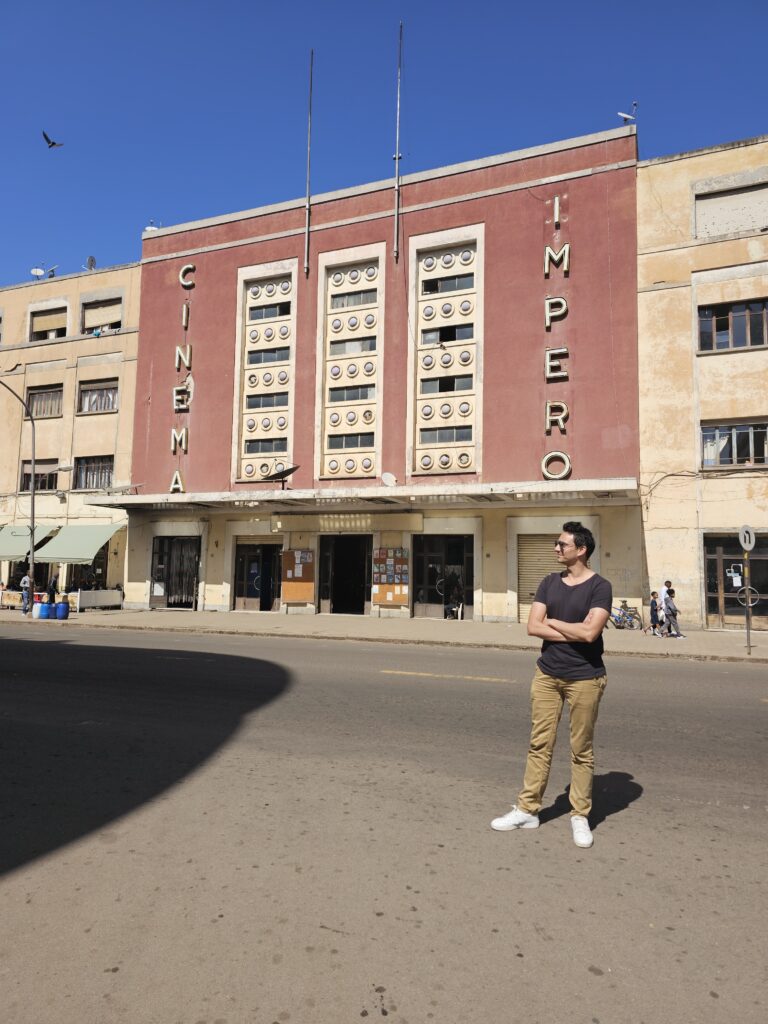
You can also go in if you like. The cinema culture in Eritrea is big and there are several movie theaters in Asmara. You could check out the movies of the week on posters outside. Most of the movies were from 2023.
Other examples of Italian architecture in the Art Deco style are the Fiat Tagliero building and the IRGA house next to it (pictured in the gallery at the bottom of this article) The Fiat Tagliero building, shaped like a plane, used to be a petrol station that also sold imported Fiats. Today it is an abandoned building and you can enter it. You can even go upstairs and walk around on the wings.
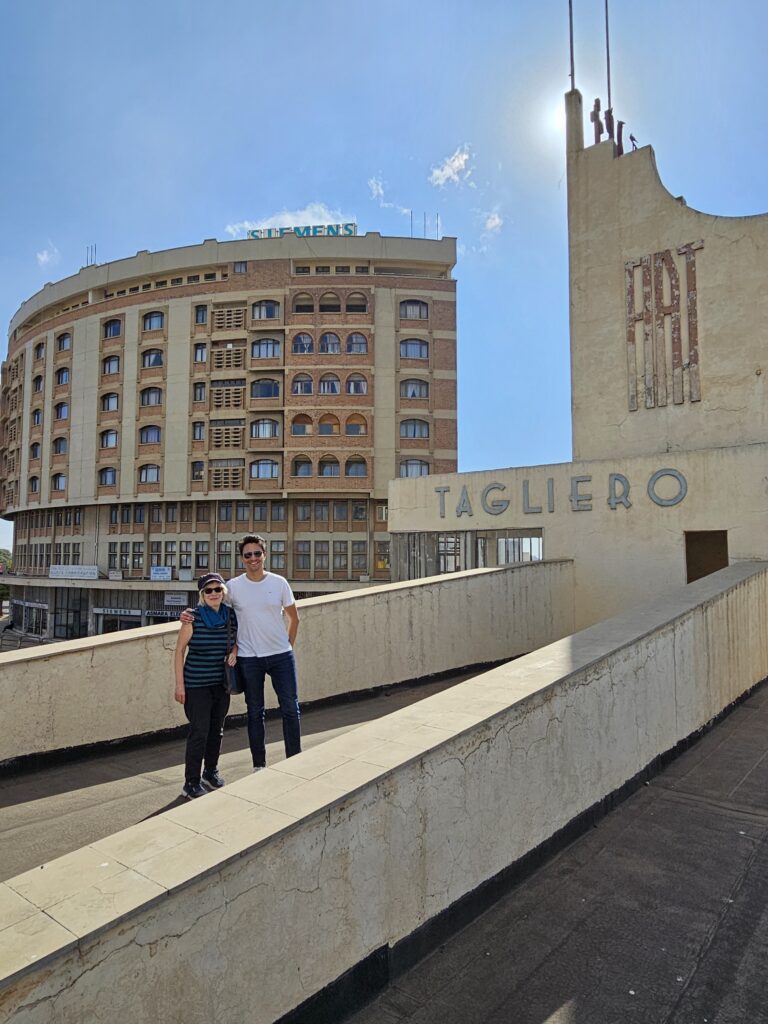
Of course, the Italians have not only influenced the architecture, but also the cuisine, the language and even the religion. Church services are usually conducted in three languages. They start in Tigrinya, the most widely spoken language in Eritrea. After that, the service is in Italian and finally another one in English. In fact, a large number of Eritreans still speak Italian today and it is still taught in schools.
The restaurants in Asmara serve either traditional food, which is basically the same as Ethiopian cuisine, or Italian dishes. That means pizza and pasta. Most tourists will probably eat at least once in the restaurants Ghibabo and Spaghetti and Pizza House, with Ghibabo being the better of the two in my opinion. The Italian dishes were okay but below average in comprasion to Italian restaurants in Europe.
The only thing that stands out, however, are the macchiatos. Just like in Ethiopia, the macchiatos in Eritrea are world class, although Eritrea uses even more milk than Ethiopia. There are also many cafés and bakeries in Asmara where you can eat good, sweet pastries and drink coffee and tea. Sitting in these cafés and observing people was one of my highlights in Eritrea.
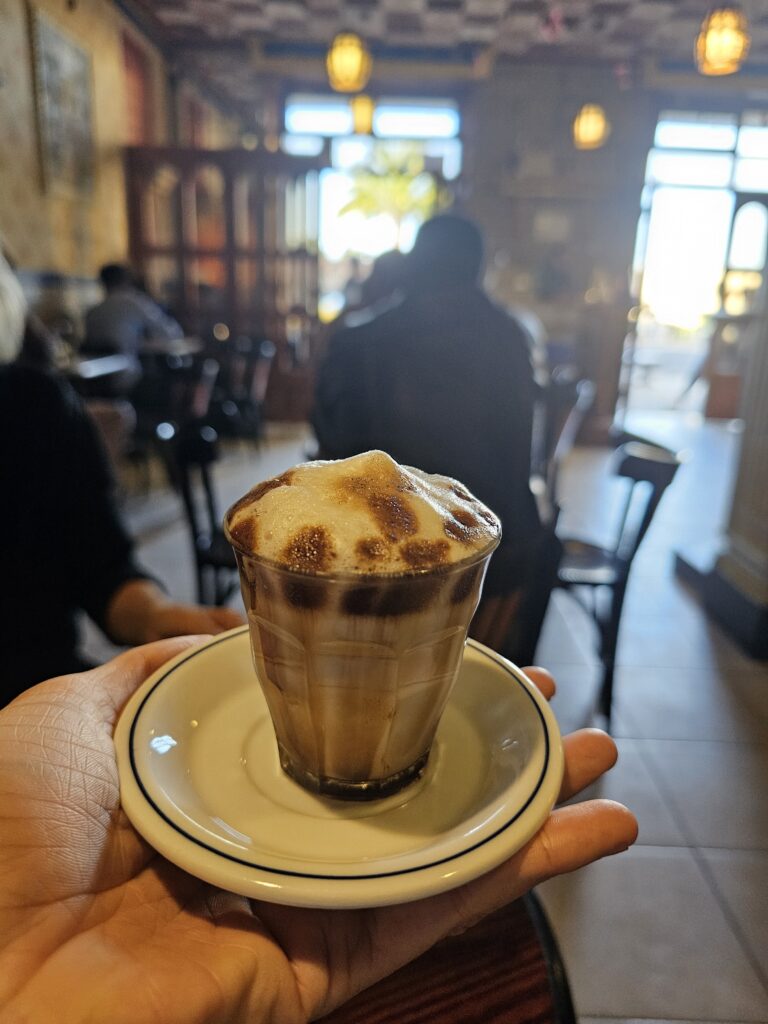
What I noticed while people watching was that many Eritreans in Asmara dressed well. Or to put it another way, in terms of clothing style, they would have fitted in just as well in Europe or the USA, although you don’t see many international brands in Eritrea (apart from some fake stuff). Many people also had very chic haircuts and we saw several barber shops in the city center.
Due to the reasonably good infrastructure, the clean city and the appearance of the locals, Eritrea seemed anything but poor. So at least Asmara didn’t give the impression that the country was doing badly, despite the occasional beggar we saw around Harnet Ave.
People in Eritrea were extremely friendly anyway, as it is often the case in countries that don’t see many tourists. Funnily enough, we were also approached twice in German by Eritreans who now live in Germany and were visiting their home country. Some children said “come stai?” to us. For them, I guess every foreigner is Italian. Reminded me a little of Togo, where I children greeted me with “Hello China”.
Another thing I have never seen before in any African city is so many bicycles as in Asmara. Bicycles are another thing that the Italians brought to Eritrea during the colonial era and they are now a big thing here. In 2023, there was even a participant from Eritrea in the Tour de France.
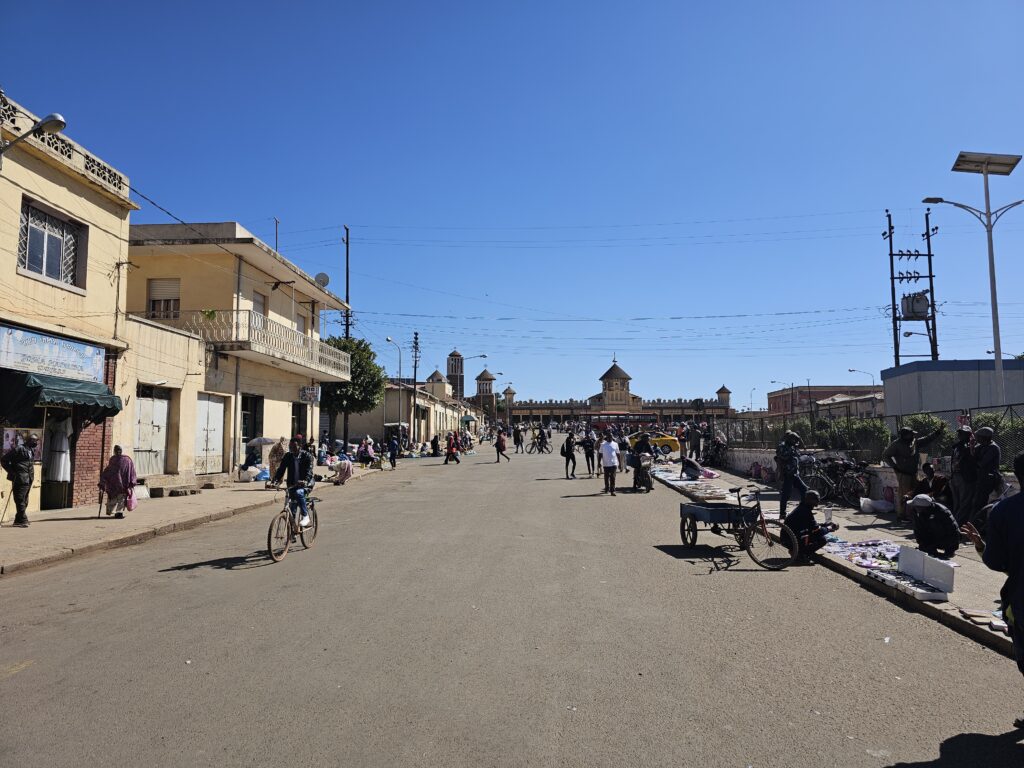
In summary, Asmara was an utterly interesting city, where I was particularly impressed by the architecture and how relaxed everything was. It’s definitely a city like no other and I found it after 160+ countries refreshing to see a place that was offering something new to me.
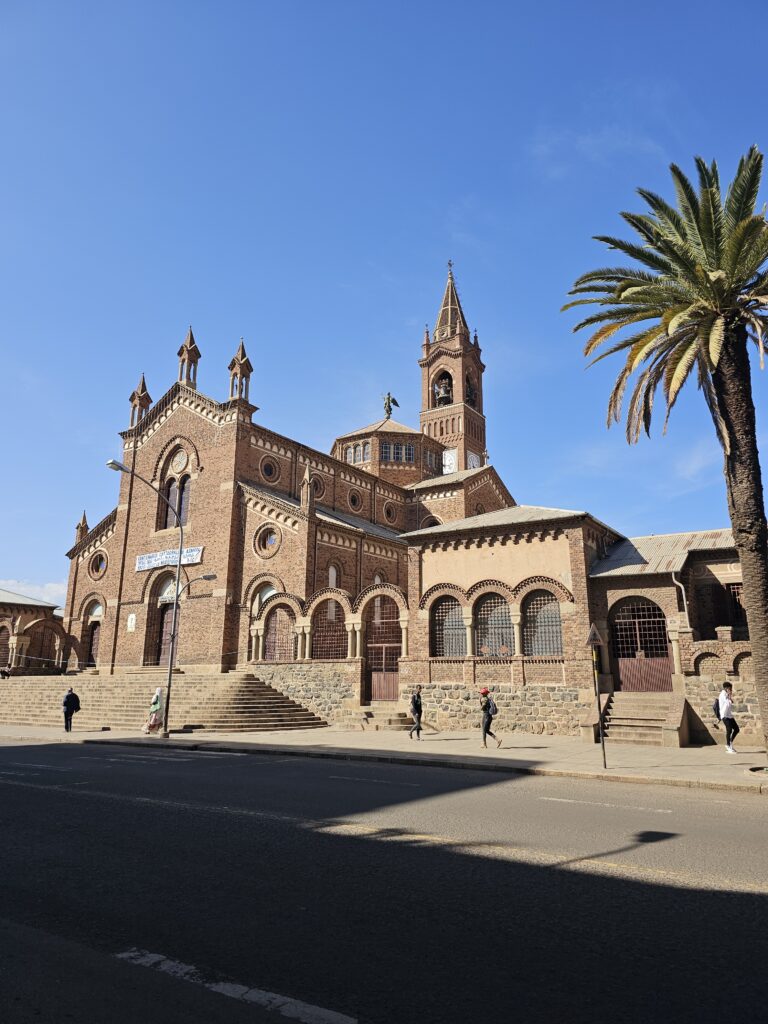
Tourist permits in Eritrea
What we also had to do on our first day in Asmara was to organize the permits rom the Ministry of Tourism for the other places we wanted to visit.
As a tourist in Eritrea, you need a permit for every place outside of Asmara. Why is that? The Eritrean government is a bit paranoid about foreigners and tourists and wants to know exactly where they are going. In fact, as a tourist you can only see about 30-40% of the country and you will not get a permit for some places. So you can only see what the Eritrean government wants you to see.
The terms for each permit are also different. There are none for Massawa for example, while you only get the permit for the city of Keren if you provide a license plate number. We wanted to get the permit for Keren and then decide spontaneously on the last day whether we go there or not.
However, as we still needed a license plate for a car and would therefore have been forced to book a tour or a cab driver in order to get the permit, we decided to skip the city. But to be honest, Keren would have just been a filler for me, as I’ve heard more than once that the town is only really worth a visit on Mondays when the camel market happens.
So we ended up with permits for Massawa and the Tank Graveyard, which is on the outskirts of Asmara. The permit for the Tank Graveyard was ready straight away and we got the permit for Massawa the next day.
Is it possible to organize the permits before arrival? Yes. But since you need the visa number for the permits, it is only possible with a regular visa, not with a visa on arrival. It is also important to know that the Ministry of Tourism is not open on Sundays. This means that if you arrive on a Saturday and apply for a permit on the same day, you will receive it on Monday morning at the earliest.
We went to the Tank Graveyard on our second day in Eritrea with a guide, who we had actually only booked for the Massawa day trip on the third day. He charged $250 for the day trip to Massawa, but then added a free half-day tour in Asmara. On top of that we got a free airport drop off on the last day.
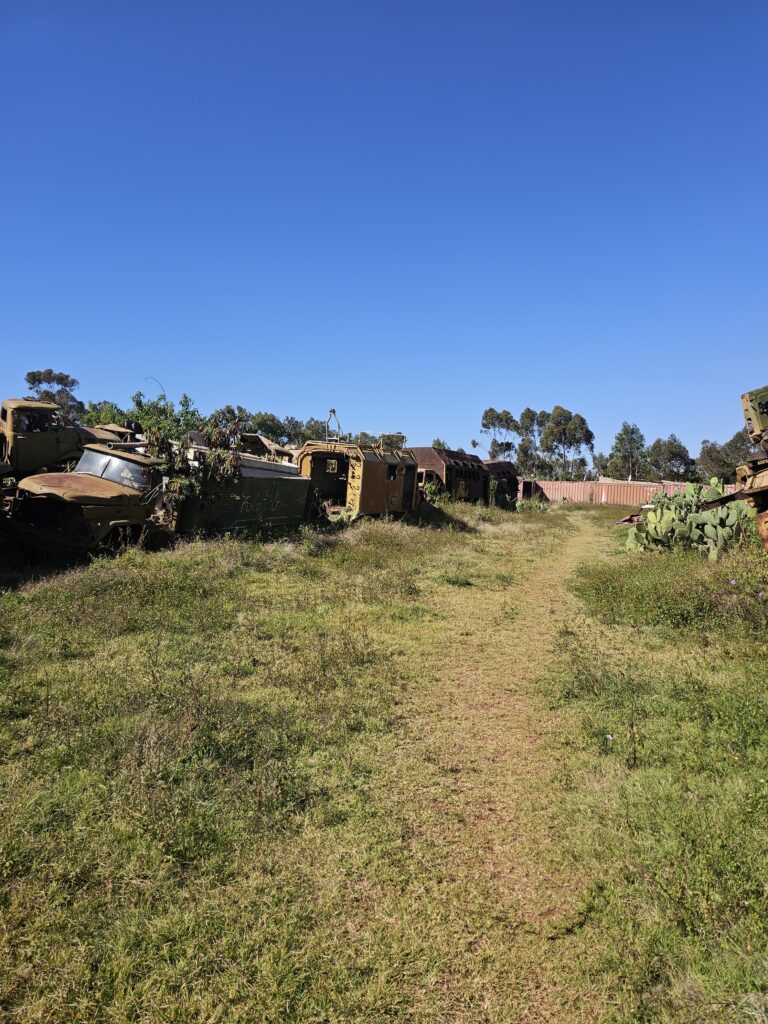
The Tank Graveyard is actually a junkyard museum located 10 minutes outside of Asmara. This is where the Ethiopian tanks that were captured during the war are deposited. Eritrea was a confederation with Ethiopia after the end of the Italian colonial period, but gained independence from Ethiopia in 1993 after a thirty-year war.
The tanks were provided to the Ethiopians, who had a Marxist-Leninist government at the time, by their allies, the Soviet Union. These tanks and other vehicles can be seen today at this Tank Graveyard. You can also climb up onto the vehicles and tanks (at your own risk), which makes for some cool photo opportunities.
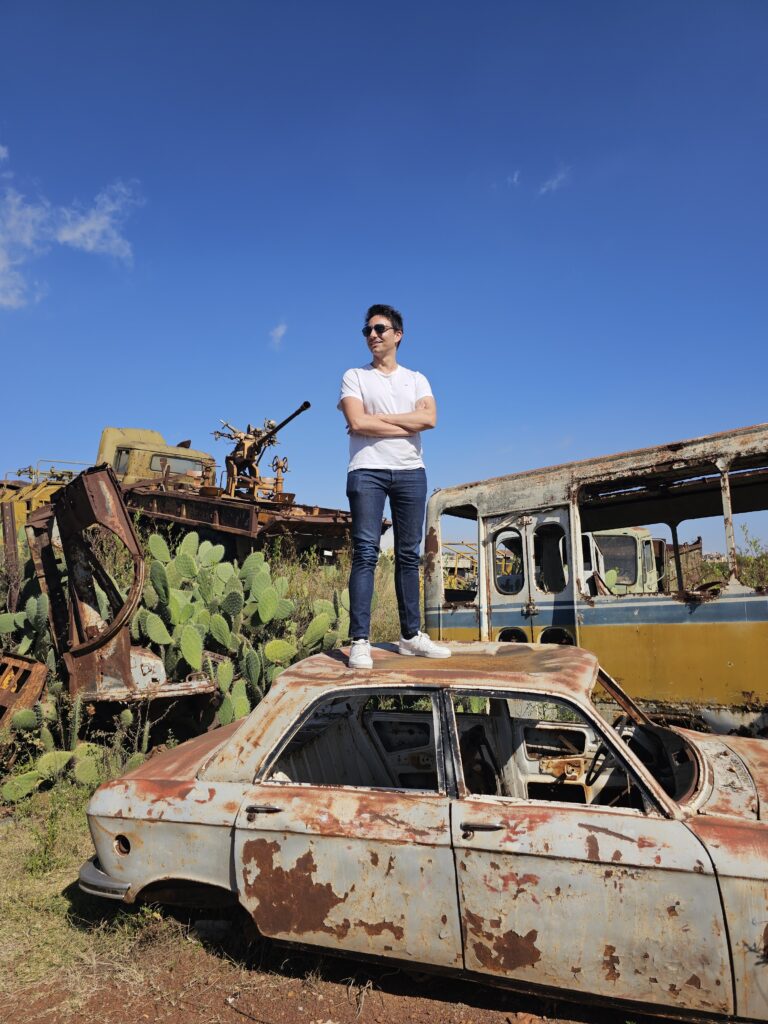
After the war of independence, the situation between Ethiopia and Eritrea normalized somewhat. However, it must be noted that this conflict turned Ethiopia into a landlocked country, as Eritrea’s independence took away their access to the sea. A circumstance that still complicates the relationship between the two countries today. In fact, another war and border conflicts continued until 2018, when the two countries finally signed a peace treaty.
The Tank Graveyard was a highlight for me, while my mother found it awful. By the way, an old soldier with a rifle over his shoulder checked our permits. I’ve also heard of people who tried without permits and were sent away.
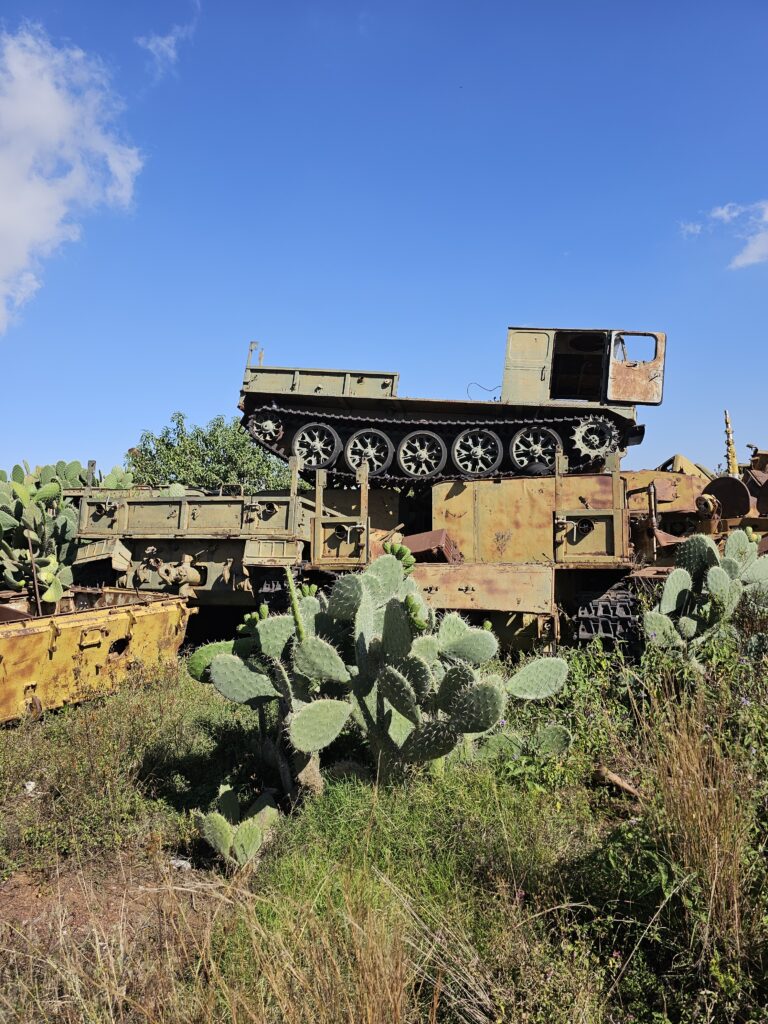
Day-trip to Massawa
During our trip to Massawa, however, nobody checked our permits. The coastal town of Massawa is about two and a half hours away from Asmara, which lies at an altitude of 2,500 meters. A road leads through beautiful mountain landscapes from this altitude to the coast.
While you can also take public transport, i.e. a bus, to get there, you will miss out on the many photo opportunities along the way. I mean, you can see them from the window. But if you have your own transport, you can tell the driver to stop so that you can take some pictures.
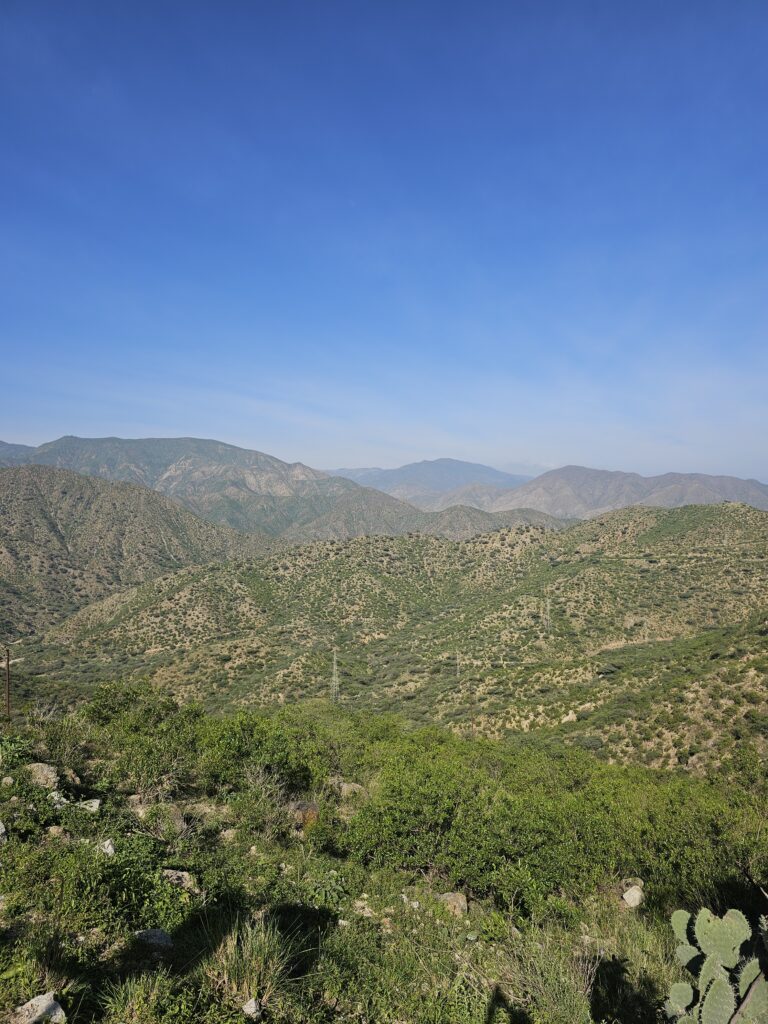
After Asmara, Massawa is the most visited tourist destination in Eritrea. This is because of the historical significance of the city, which was an important port city in the region for centuries. It had various foreign powers as rulers, including the Kingdom of Aksum, the Ethiopian Empire, the Ottoman Empire and the Kingdom of Italy.
What can you do in Massawa? The most important sights are on the two islands, which are connected to the mainland by bridges. While today most of the inhabitants of Massawa live on the mainland, the historic old town is located on one of the two islands. Apart from the Massawa Museum, there is actually nothing to see on the mainland.
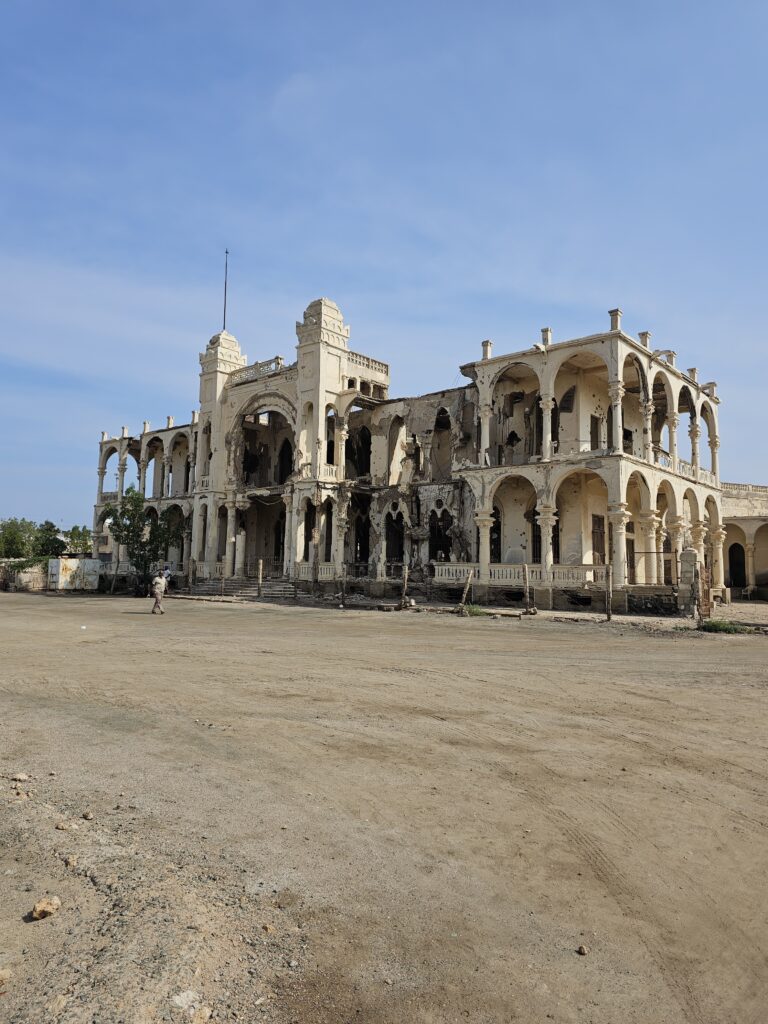
It takes about an hour to see the old town, which looks like a ghost town as you hardly see any people there. Instead, most of the buildings are in ruins and the whole district looks as if an earthquake just had happened.
On the other island, you can visit the Imperial Palace, where the Ethiopian Emperor Haile Selassie once lived. The building is also in ruins, but you can enter it (also at your own risk). The whole building looks as if it is about to collapse.
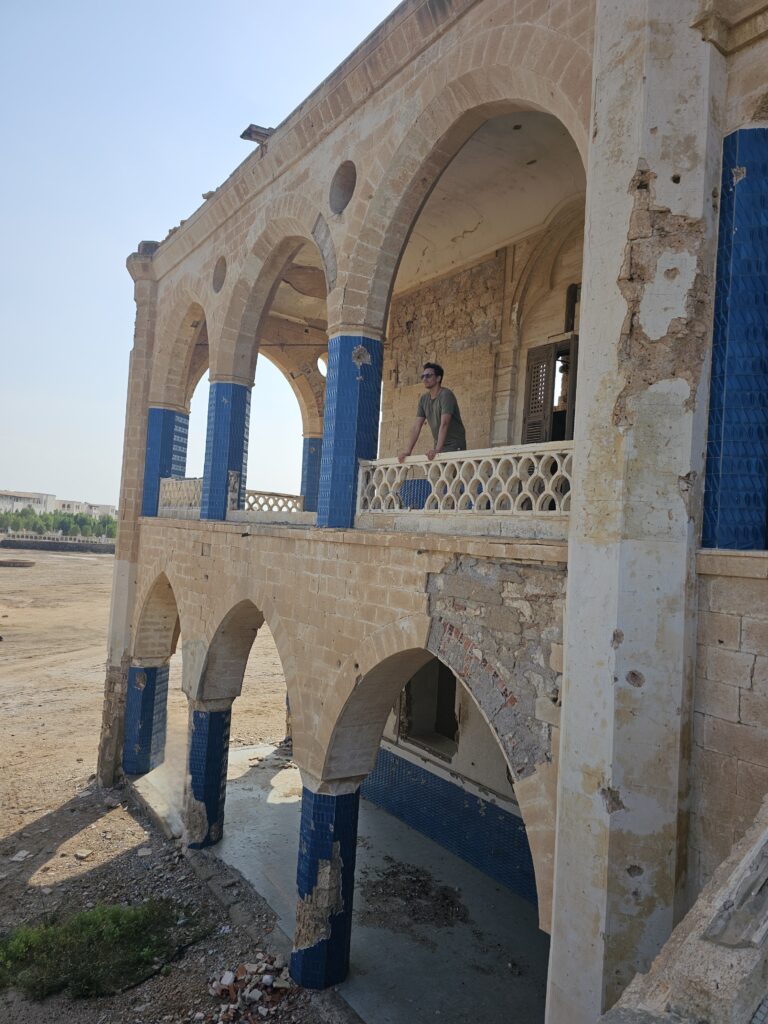
While the museum takes about an hour, the sights on the two islands take a maximum of two. There are more tanks on display that were conquered by the Ethiopians, but after the Tank Graveyard this is no longer so exciting.
At the same time, Massawa is very hot, which makes sightseeing a little exhausting. Fortunately, December is the coolest month, so the heat was more or less bearable. In other months, it is probably worth spending a night there so that you can see the sights in the early morning and evening when temperatures are more pleasant.
Furthermore, it would have been possible to take a boat to Green Island. The island looked beautiful in pictures, but we wanted to be back in Asmara before sunset, so we decided against it. Instead, we drove to Gurgusum Beach before starting our return journey to Asmara.
I found the day trip to Massawa worthwhile. However, it is a long day with five to six hours in the car to do two to three hours of sightseeing at the end. Nevertheless, I would say that this place is a must if you visit Eritrea. If only because of the landscapes on the way there and because the contrast between Massawa and Asmara is so vast.
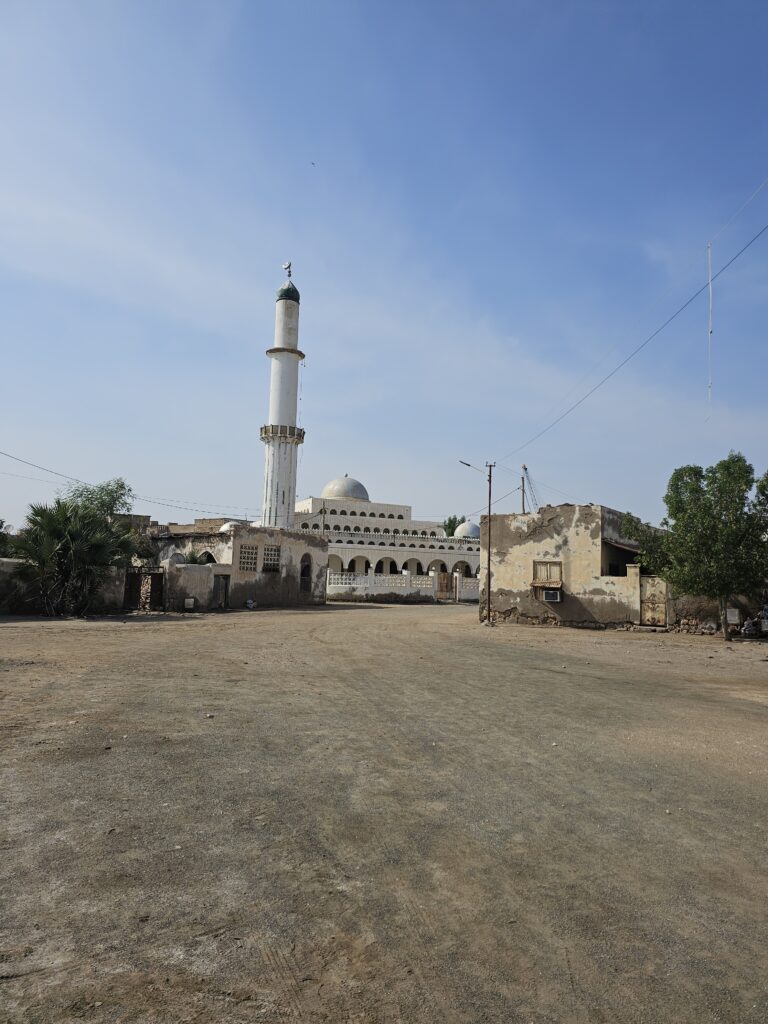
Is Eritrea really the “North Korea of Africa”?
After Massawa, we spent some more time in Asmara before our trip came to an end. What should we make of Eritrea, the country nicknamed the “North Korea of Africa”, whose government has been accused of human rights violations for years? Was Eritrea a country where we could understand why so many people are fleeing it?
Eritrea was certainly not a country that seemed unsafe. Quite the opposite. I found Eritrea to be one of the safest countries I have ever visited in Africa. We saw many Sudanese refugees in Asmara who had fled the war in their country. If Eritrea were a dangerous country, would they really have come here? Or would they have fled to the other neighboring countries, Egypt, Chad, Central African Republic, South Sudan or Ethiopia?
For me, before this trip my understanding of the situation in Eritrea was as follows. In Eritrea, young men have to do three years of military service. This duration is too long for most of them, which is why many leave the country. But this story is not entirely correct… Our guide brought a little light into the darkness. Not Robert, who went with us to the Tank Graveyard, but the other one. He asked us not to publish his name online, because he spoke to us honestly about the situation in Eritrea and also criticized the government quite openly.
According to his statement, which is consistent with other sources, men in Eritrea have to join the national service or military service after school. School grades determine where you end up. Smart students get into the national service, where you can work in a museum, for example. Both the national service and the military service don’t have a fixed end date. And as long as the government does not release you from this service, you do not have a passport and cannot leave the country.
At the same time, the government decides where you live during your service. You have no say in the matter and have to do what the government tells you. Some remain in the service for ten years, others are still in it at 50. It is purely random how long you have to remain in the service of the country. The only thing that can free you is your state of health.
This arbitrariness of the government is the reason why so many Eritreans are leaving the country. Not because they are under threat to life and limb, but because they are not free people. Is that reason enough for other countries to grant these people asylum? I don’t want to enter into this debate here, but I would like to express understanding for the fact that these people do not want to live under this regime.
However, I must also say that “North Korea of Africa” is a silly nickname. Anyone who has ever been to North Korea knows that this is something completely different. Eritrea may be a communist dictatorship today, but it does not play in the same league as North Korea. The fact that you can watch foreign television in Eritrea and that people know what is going on in the world speaks for itself.
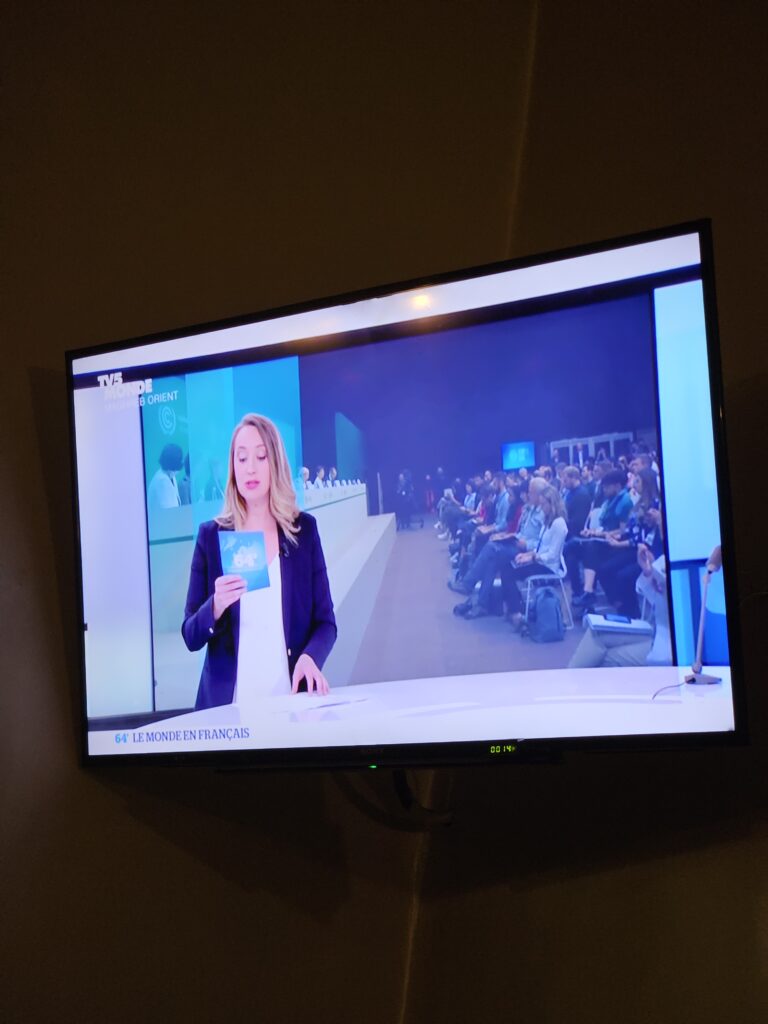
Will I visit Eritrea a second time at some point? Maybe someday, who knows. On my first visit, I saw the places I wanted to see. That’s why I don’t feel the need to travel there again in the next few years. I’d rather travel to Ethiopia again soon and visit the places I missed during my first trip.
However, I can definitely recommend Eritrea to anyone who is into odd destinations. Especially now that you can get a visa on arrival. The capital with its architecture is sensational, the nature outside Asmara is beautiful and Eritrea has another interesting city with Massawa.
For me, Eritrea really was something I had never seen before in a similar form, which happens very rarely after having visited 160+ countries. It was traveling back in time to Italy in the 1940s. Just in Africa. That’s why Eritrea was a great trip and one of my highlights of the 2023 travel year.
Click here to find the trip reports of the 180+ other countries I have visited so far!
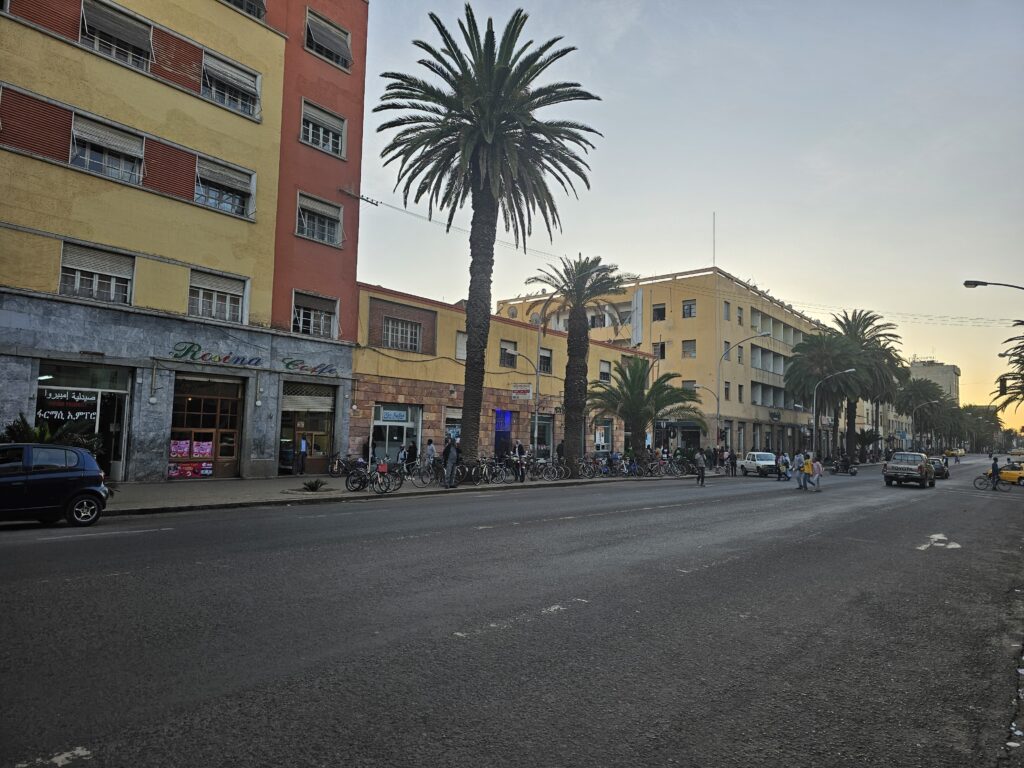
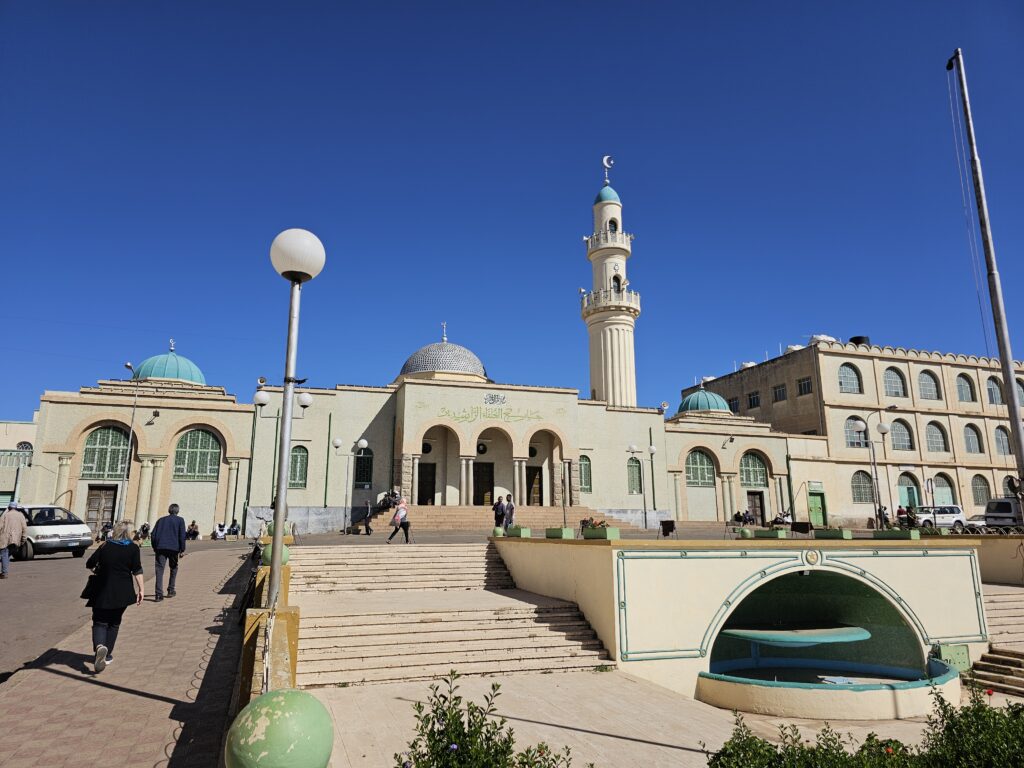
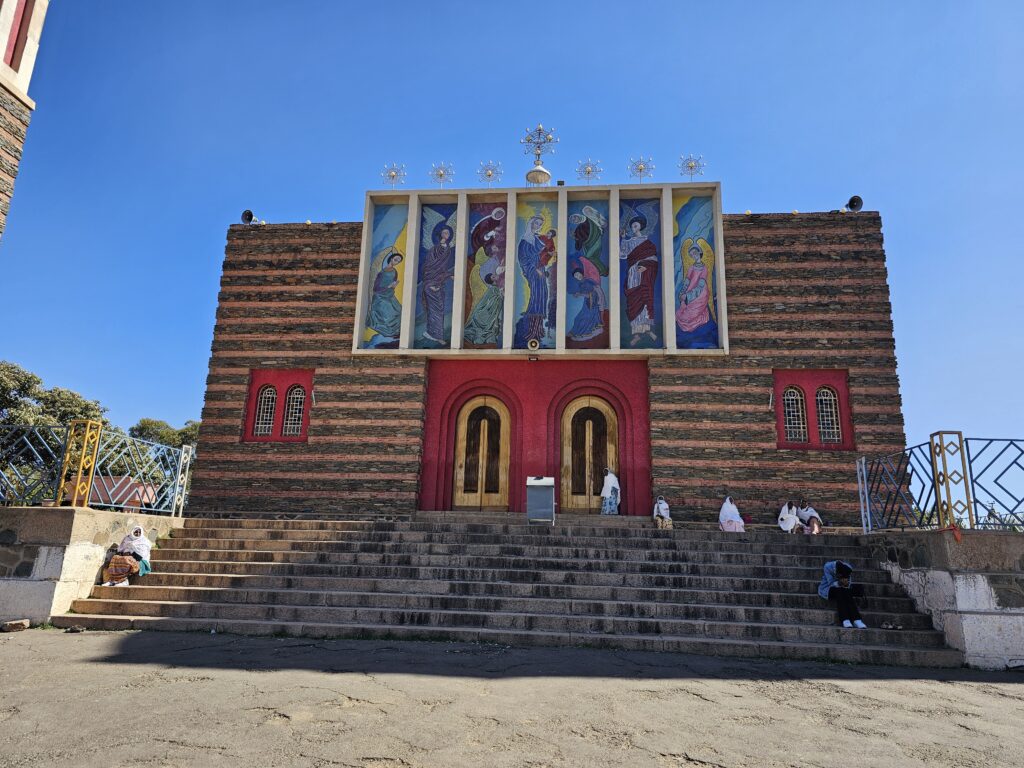
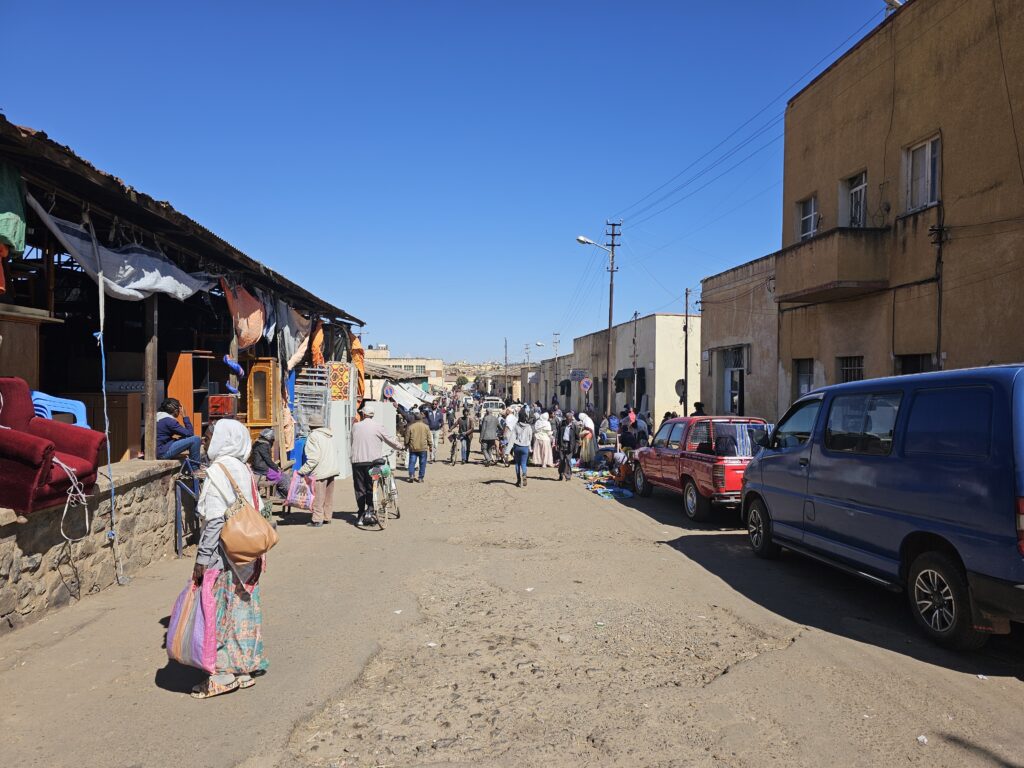
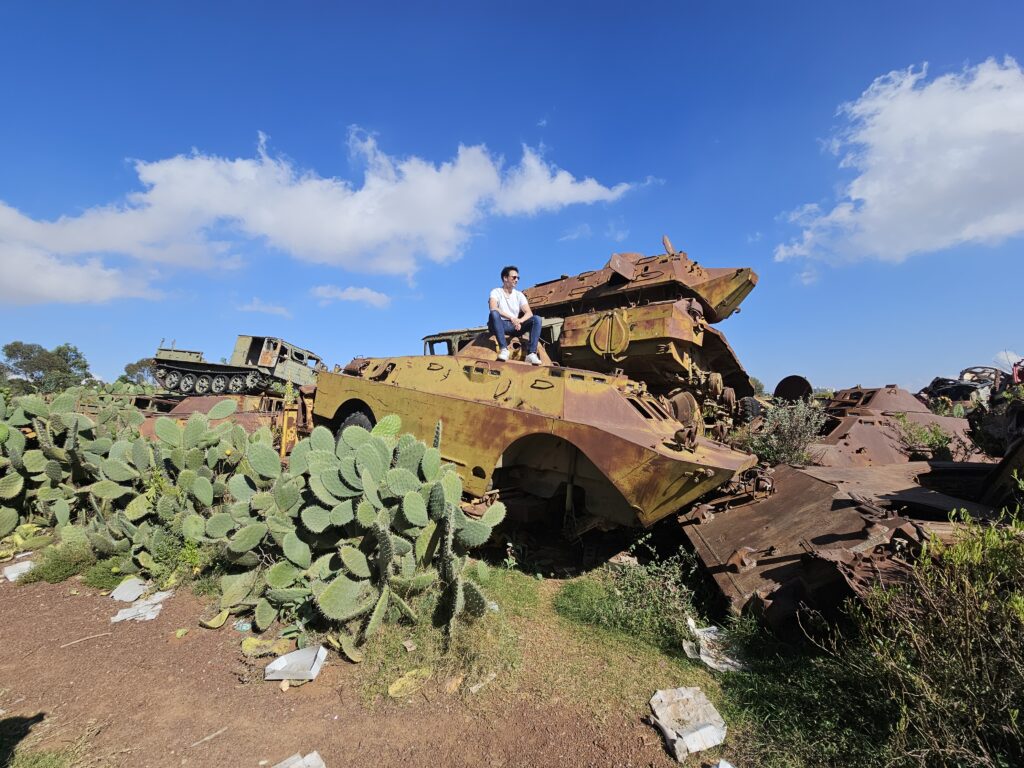
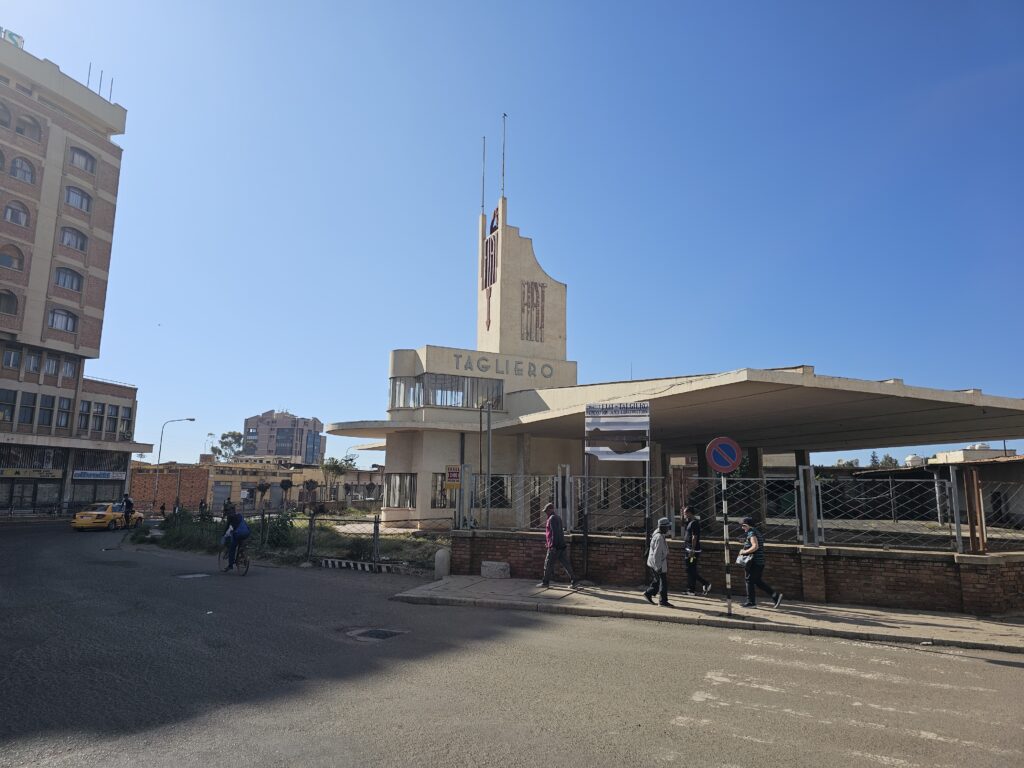
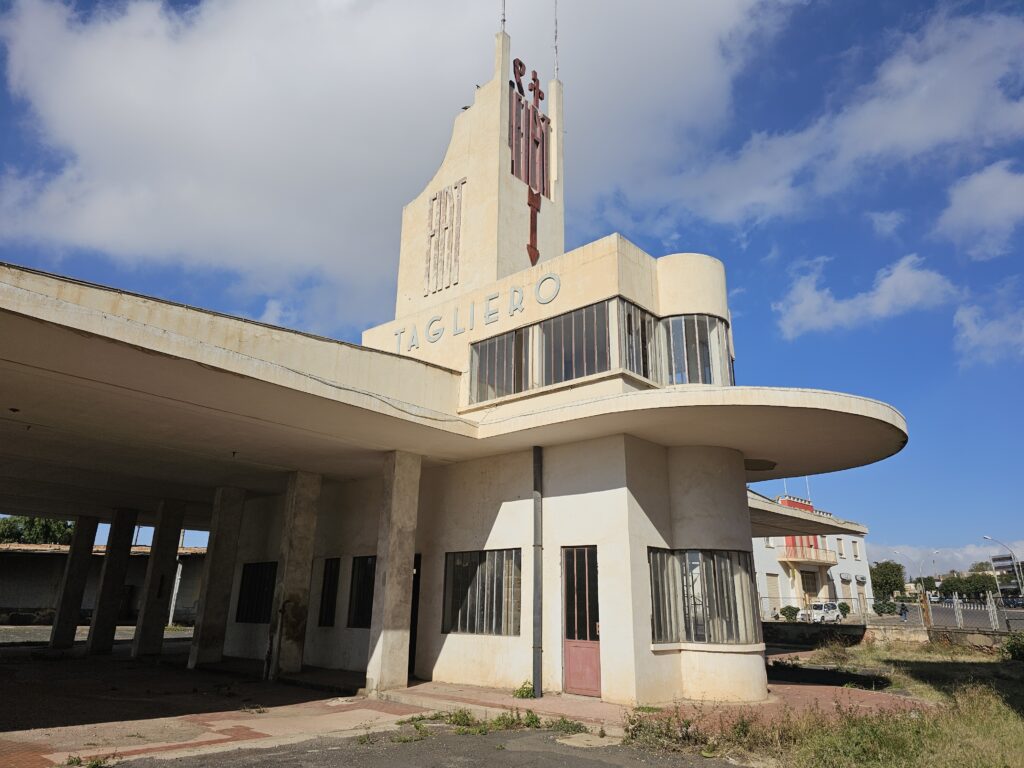
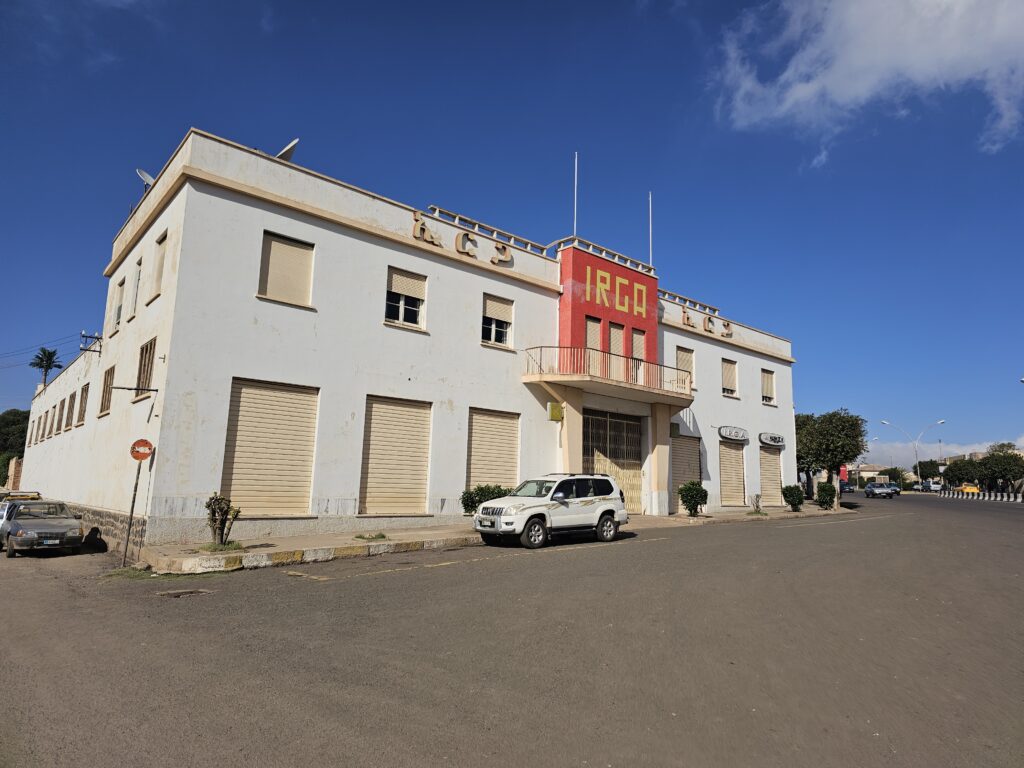
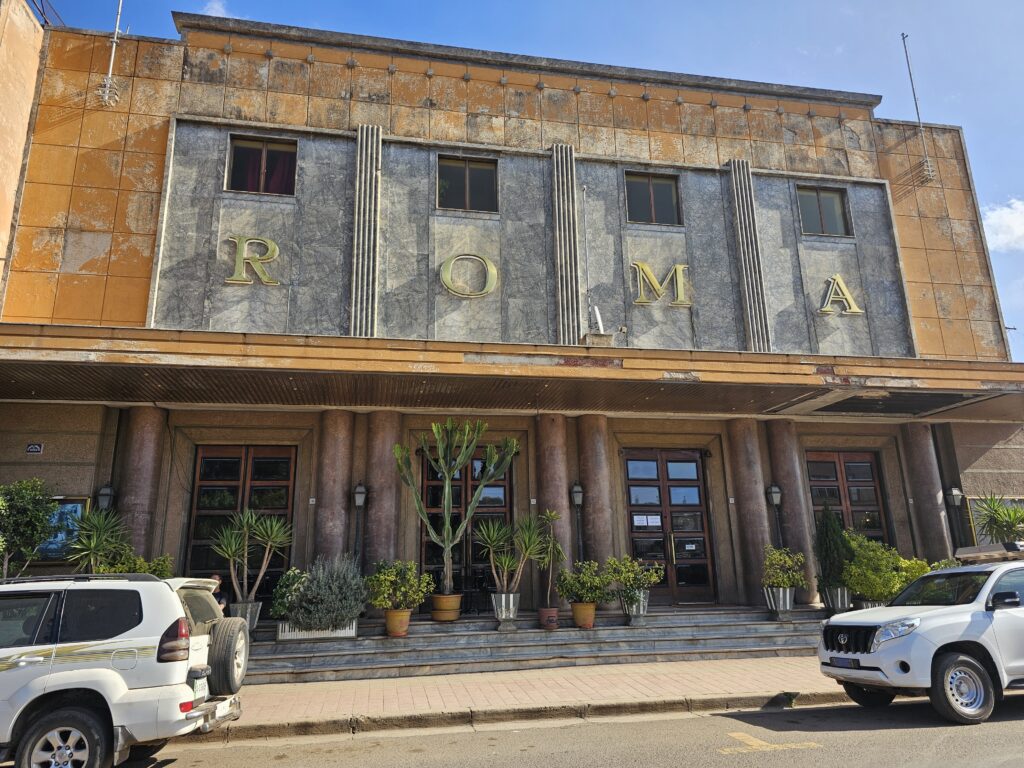
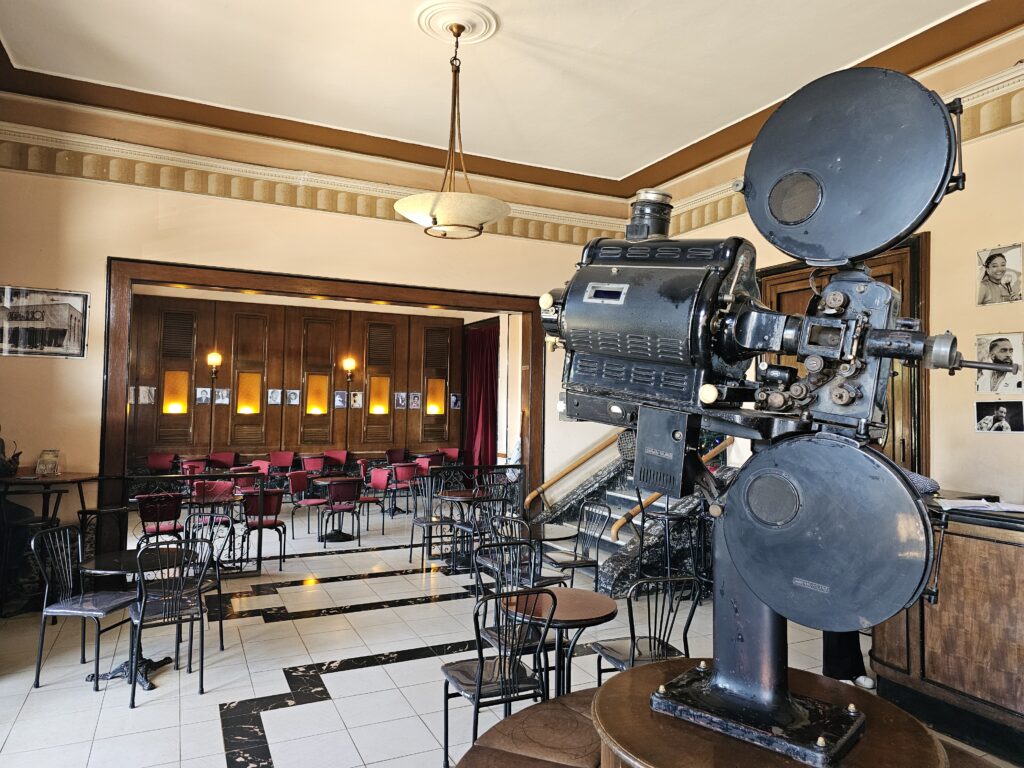
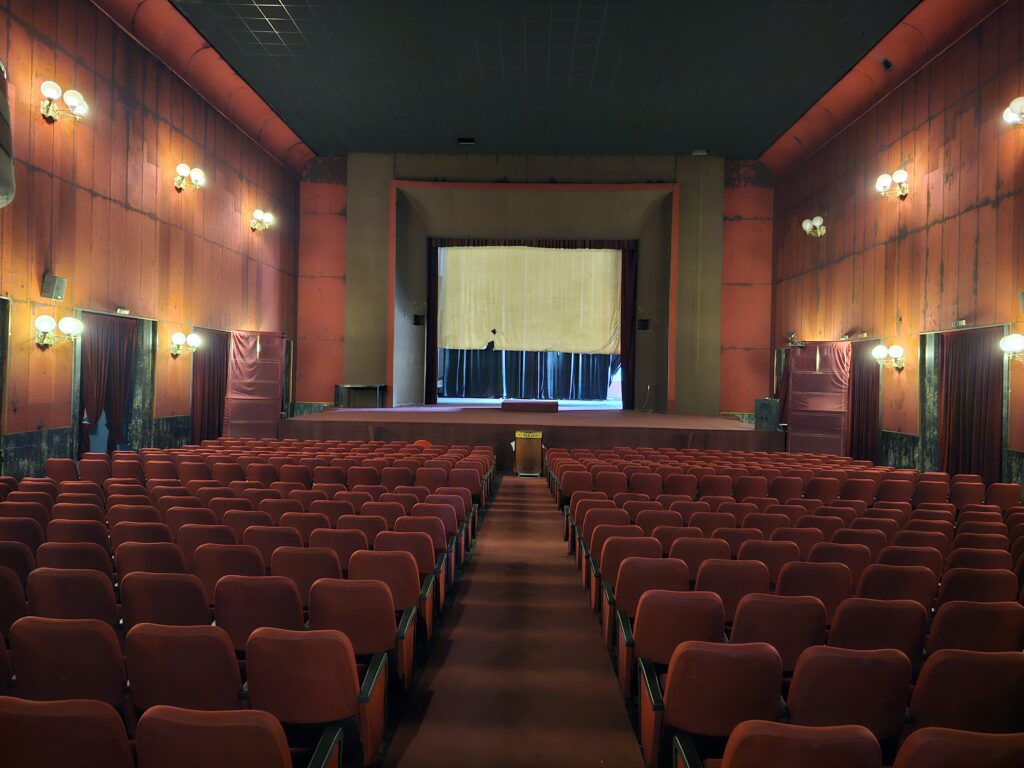
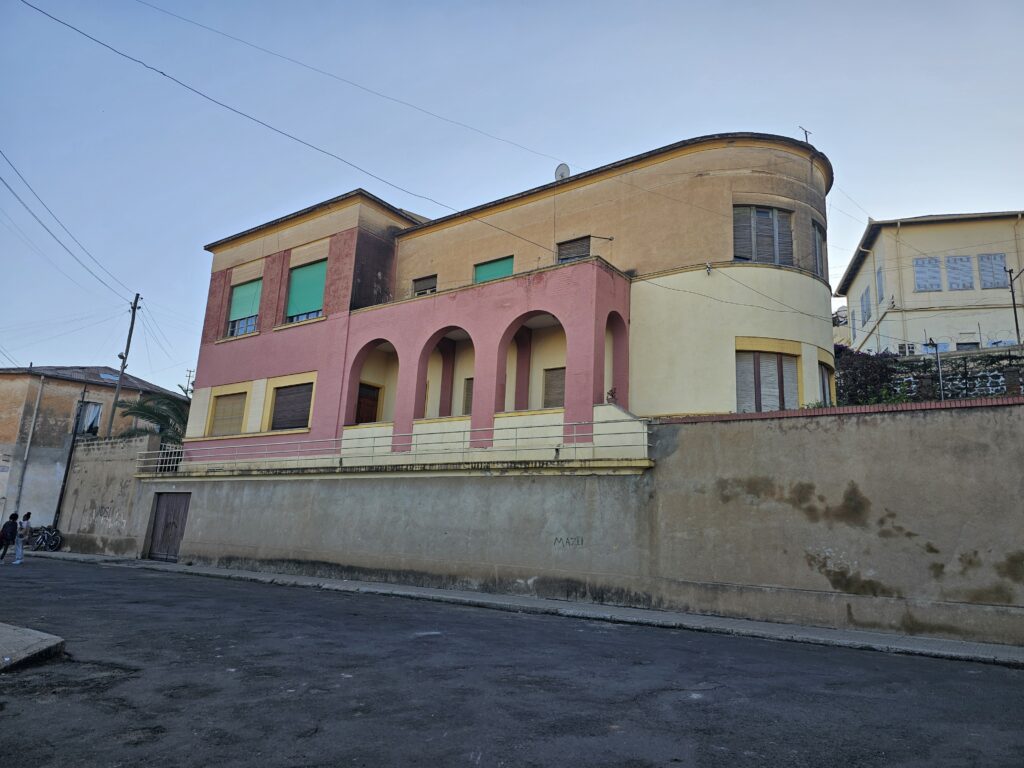
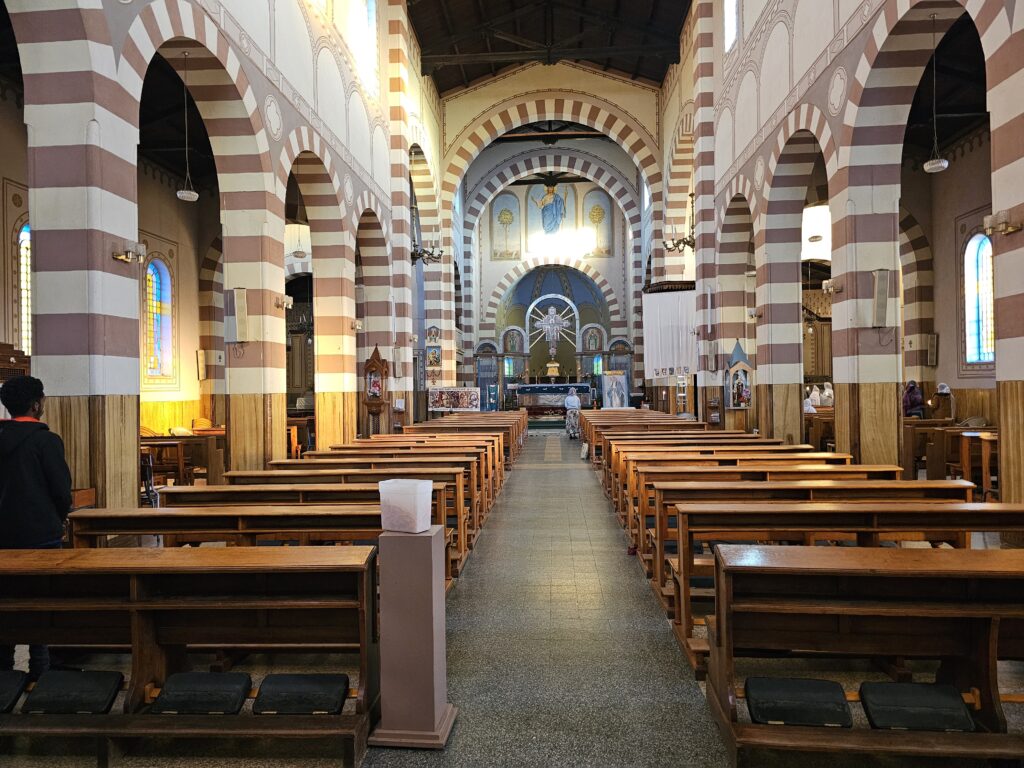
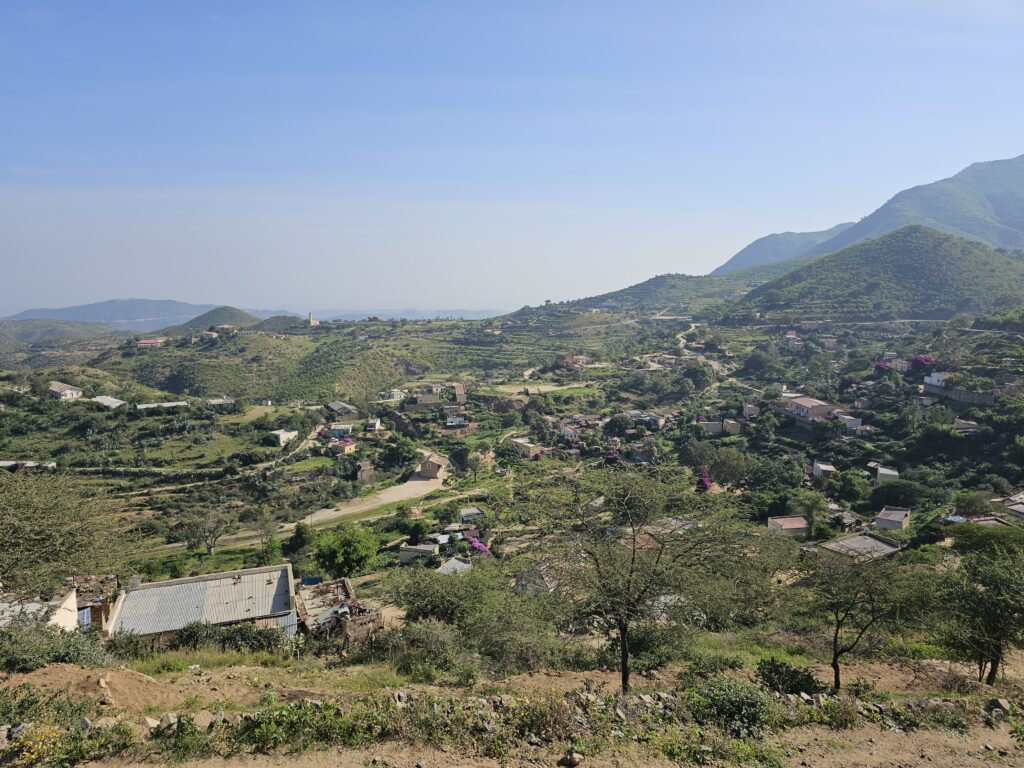
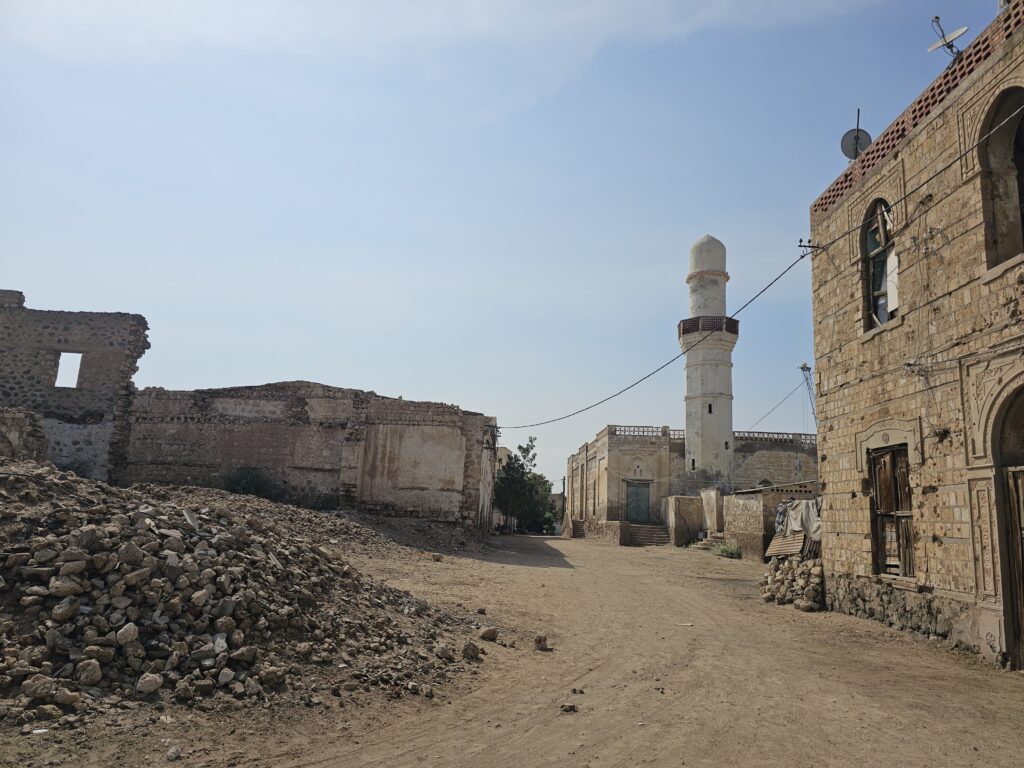
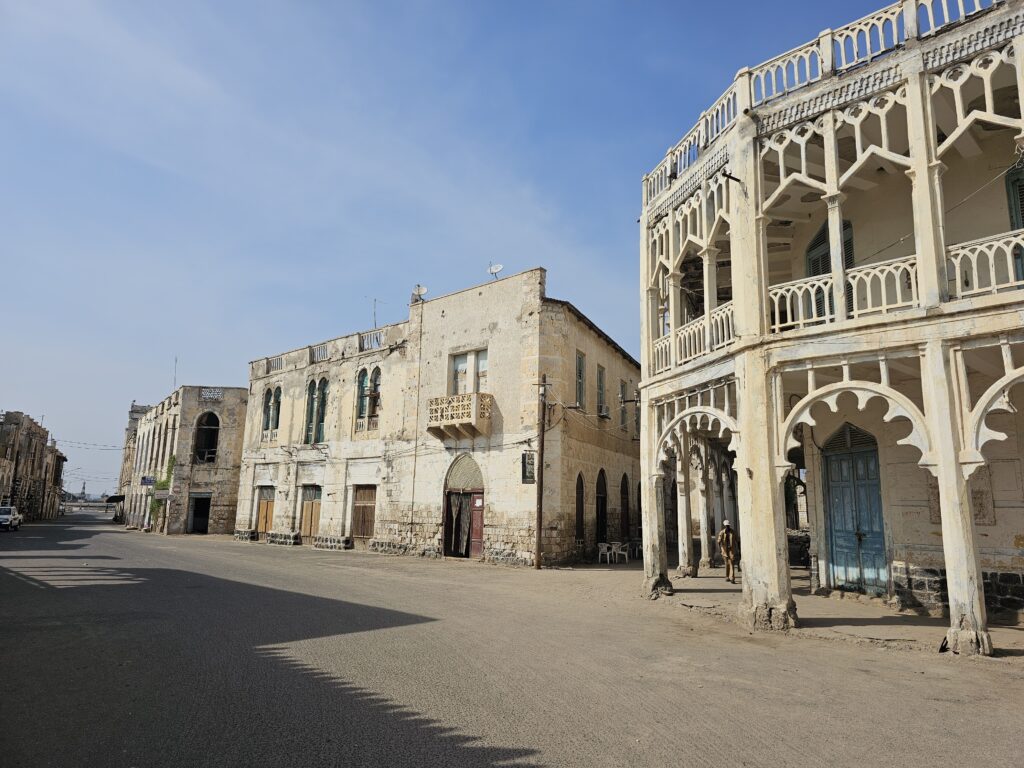
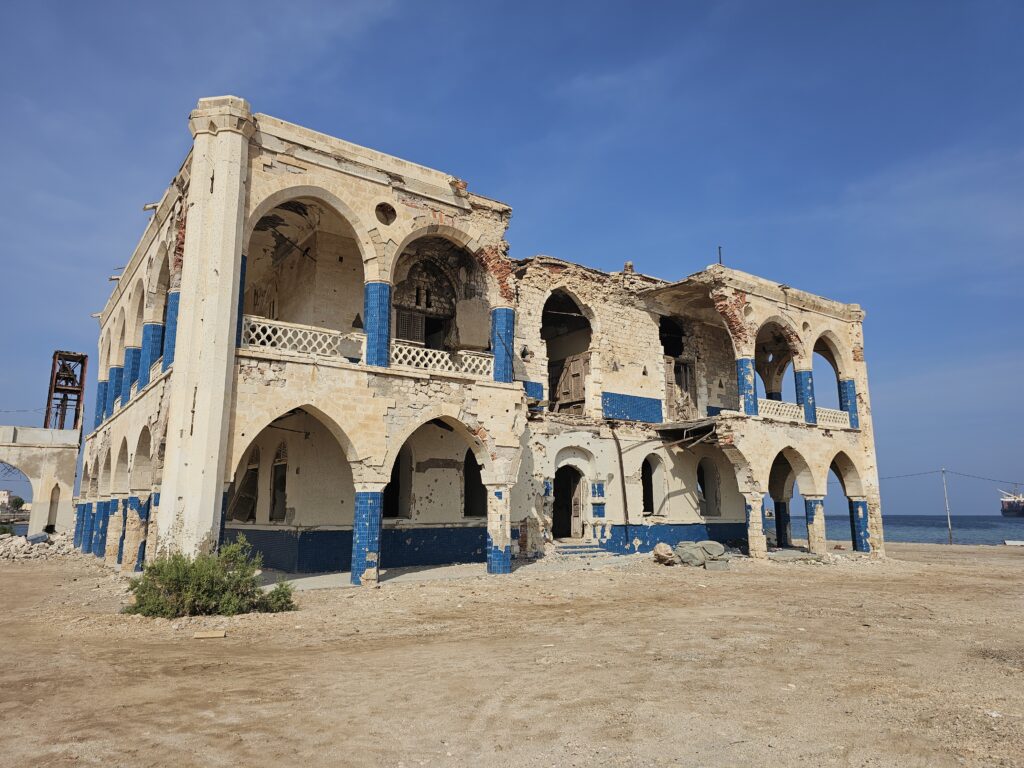
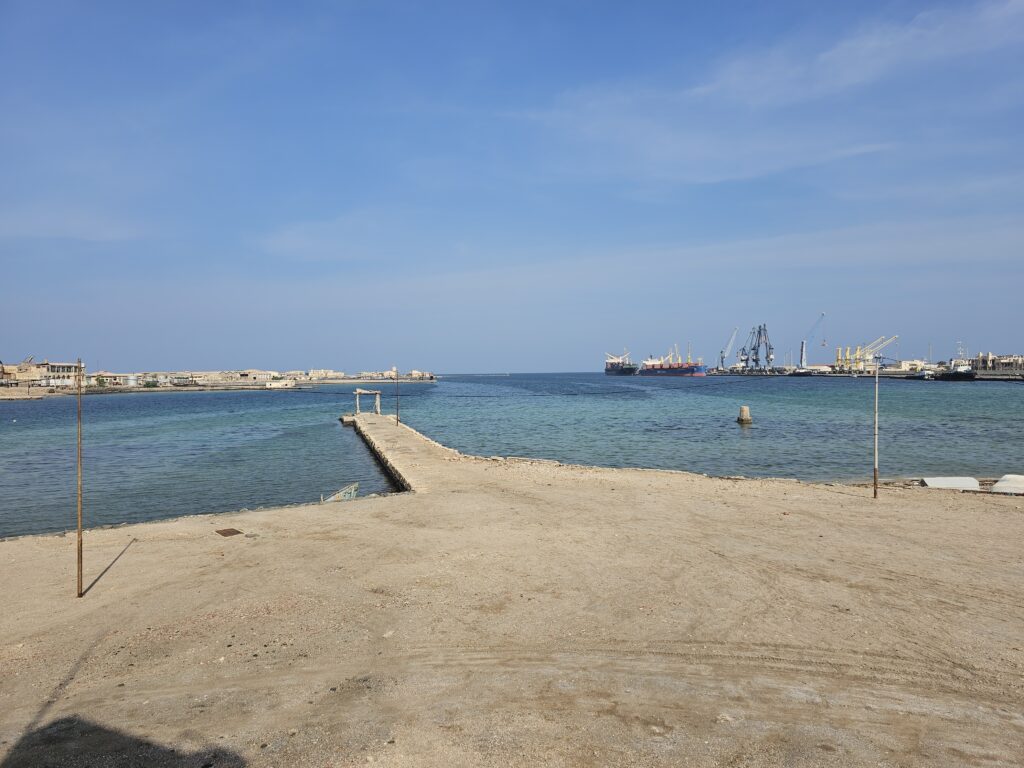
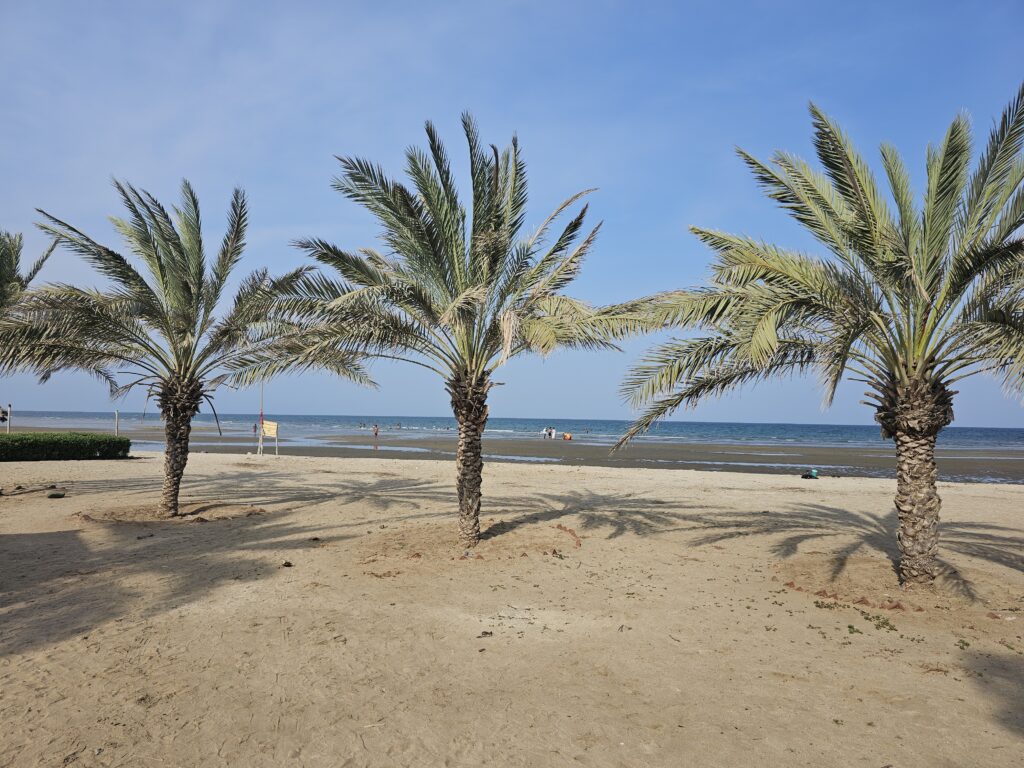
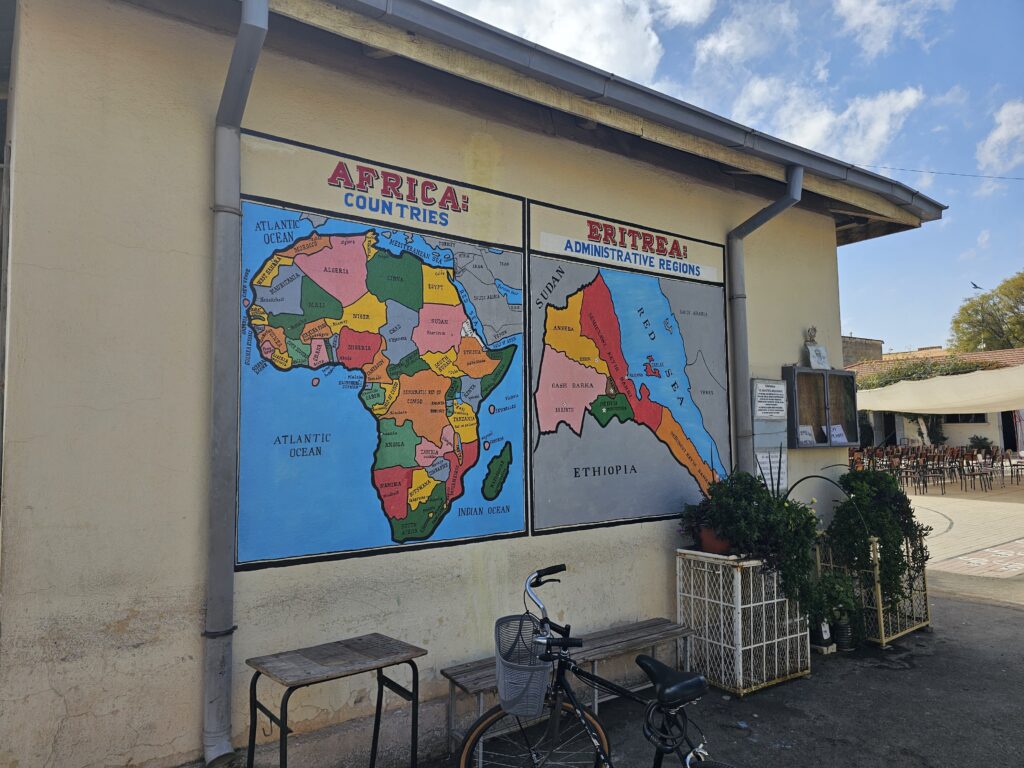
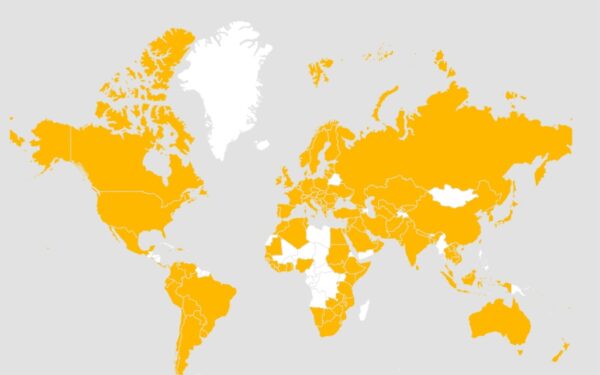
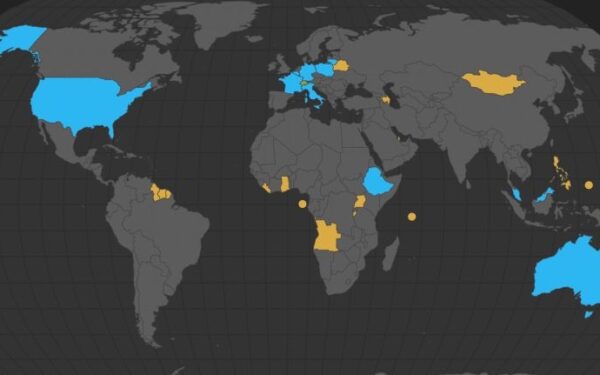
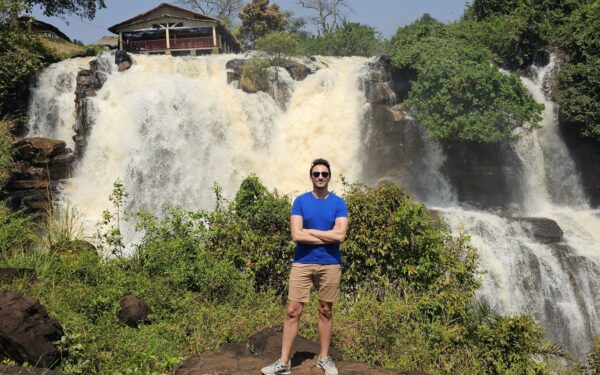
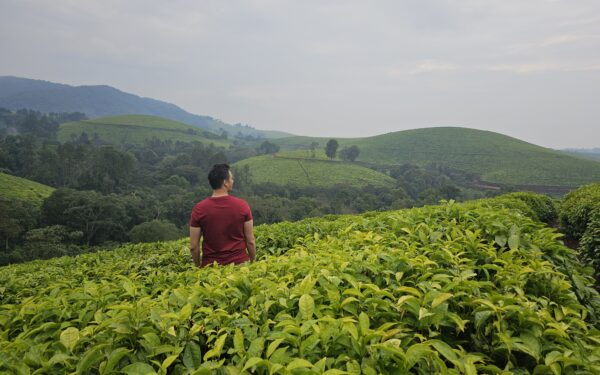
Thanks a lot for your interesting and informative report. I would love to visit Eritrea some day!